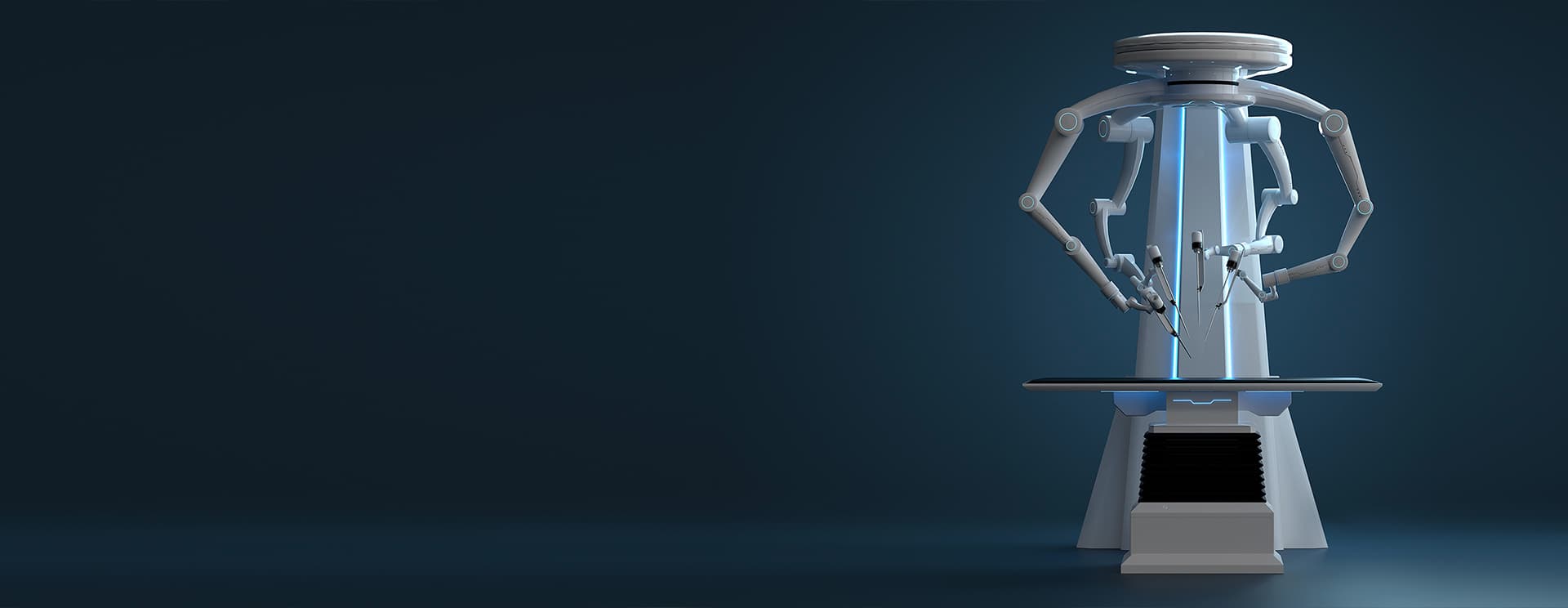Robotics Solution
Robotics solutions have revolutionized industries worldwide, offering unparalleled capabilities in automation, precision, and efficiency. From manufacturing and logistics to healthcare and beyond, robotics solutions are driving innovation, productivity, and competitiveness in a rapidly evolving global economy. Let's delve into the world of robotics solutions and uncover their transformative impact across various sectors and applications.

Robotics solutions encompass a diverse array of technologies, systems, and applications designed to automate tasks, processes, and operations across industries. These solutions leverage robotic hardware, software, sensors, and artificial intelligence (AI) to perform a wide range of functions, from repetitive assembly tasks to complex surgical procedures, with speed, accuracy, and reliability.
2. Types of Robotics Solutions:
Robotics solutions come in various types and configurations to suit different industries and applications. Some common types of robotics solutions include:
Industrial Robots: Industrial robots are used in manufacturing and production environments to perform tasks such as assembly, welding, painting, and material handling, streamlining operations and improving efficiency.
Collaborative Robots (Cobots): Cobots work alongside human workers in shared workspaces, providing assistance, support, and collaboration in tasks requiring human dexterity, flexibility, or decision-making.
Autonomous Mobile Robots (AMRs): AMRs navigate autonomously within indoor or outdoor environments, transporting materials, goods, or payloads in warehouses, distribution centers, and logistics facilities.
Service Robots: Service robots perform non-industrial tasks in settings such as healthcare, hospitality, retail, and personal assistance, providing services such as cleaning, delivery, customer service, and companionship.
Medical Robots: Medical robots assist healthcare professionals in surgical procedures, diagnostics, rehabilitation, and patient care, enhancing precision, safety, and patient outcomes in medical settings.
3. Benefits of Robotics Solutions:
Increased Productivity: Robotics solutions automate repetitive and labor-intensive tasks, enabling faster production cycles, higher throughput, and greater output with consistent quality and reliability.
Improved Safety: Robotics solutions reduce the risk of workplace accidents and injuries by automating hazardous tasks, minimizing exposure to dangerous environments, and providing ergonomic support for human workers.
Enhanced Precision: Robotics solutions deliver precise and accurate results, minimizing errors, defects, and variability in production processes, ensuring higher quality and adherence to specifications.
Cost Efficiency: Robotics solutions optimize resource utilization, reduce labor costs, and minimize waste, resulting in lower operating expenses and improved return on investment (ROI) over time.
Flexibility and Scalability: Robotics solutions can be easily reconfigured, adapted, or scaled to accommodate changing production needs, market demands, and operational requirements, providing agility and responsiveness in dynamic environments.

